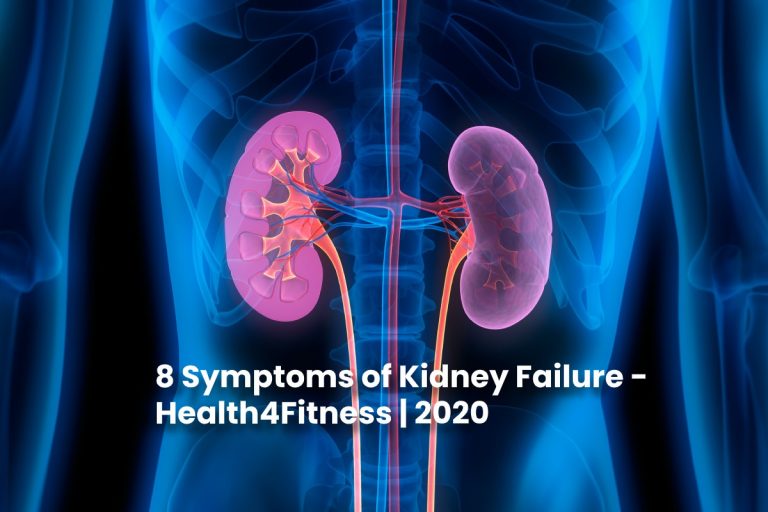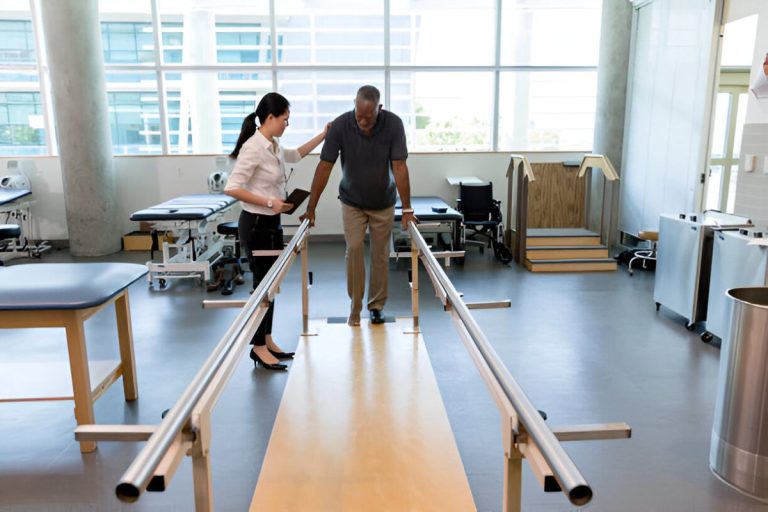Kidney failure can have various indicators(Symptoms) that we must recognize to take action as soon as possible. The kidneys responsible for cleaning the blood, removing excess fluid, minerals, or waste; if they are injured, kidney failure occurs.
When these do not work correctly, many functions begin altered. Dangerous wastes can build up in the body, blood pressure can rise, or the body can retain excess fluids and not make enough red blood cells.
Kidney failure may have various indicators that we must recognize to take action as soon as possible. Certain symptoms such as feeling an urge to urinate, noticing pain on one side of your back, or constant tiredness can be indicators of kidney failure.
Table of Contents
Symptoms of Kidney Failure
1. Changes in Urine
It is the most common symptom. It may indeed be associated with another pathology, but it is a sign that alarms us that something is wrong and that we should go to the doctor. The most common changes are as follows:
The urgency to urinate. It did more frequently, and we even have to get up many times at night.
Changes in the urine. Either lighter or darker. The appearance of blood is also usual.
2. Swelling is a Symptom of Kidney Failure
Patients suffering from kidney failure cannot get rid of extra fluid from the body. This is because the kidneys are unable to meet the filtration normally. Therefore juices tend to accumulate. Naturally, we see the legs, or other parts of the body such as the ankles or the face, swollen.
3. Tiredness
People who have healthy kidneys produce a hormone called erythropoietin, responsible for our body to produce red blood cells is responsible for transferring oxygen to the body fluid.
However, failure of the kidneys causes this hormone to develop in smaller amounts. In this way, our muscles, and even our brain, begin to run out due to a lack of oxygen. It is a kind of anemia related to kidney failure.
4. Skin Rashes
Not able to remove waste from the blood properly, the kidneys gradually lose their function and toxins and elements that are not useful for the body, accumulate in our body.
Consequently, this results in itching and discomfort.
5. Metallic Taste in the Mouth
The accumulation of waste in the blood, a concept called uremia, makes the taste of the food we usually eat change. We may even stop getting pleasure from eating because neither meat tastes like meat, nor does sweet give us pleasure.
Hence, it is common to start losing weight due to this problem. The kidneys’ difficulty in eliminating waste has many side effects, and a bad taste in the mouth is often frequent. Patients often comment on feeling a constant “iron taste.”
6. Nausea and Vomiting
Once again, excess waste in the blood causes our body to react to uremia. As a consequence, vomiting, the feeling of discomfort, nausea, and consequent weight loss begin to appear.
The stomach also is likely to feel full when it isn’t. Patients experience a sensation of weight throughout the body.
7. Concentration Problems
Having circulation problems, not filtering the blood well, and having the hormone erythropoietin altered, oxygen does not reach the brain in its regular doses.
The organ does not get enough energy, and problems with concentration appear. In this way, mental work costs more so that tiredness reappears, as well as dizziness and other similar symptoms. It is normal to have small memory lapses.
8. Pain in the Side and One Leg
Some people with kidney problems may experience back or side pain, a symptom that we can sometimes confuse with other conditions. It is a pain that extends from one side to the leg, a very acute discomfort that prevents us from being able to lead an everyday life at times.
This symptom is likely associated with polycystic kidney disease, a disease that causes fluid-filled cysts of the kidneys, and even the liver. It is harrowing.








